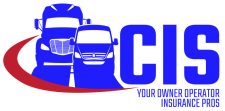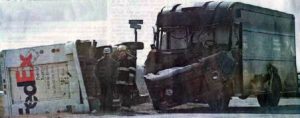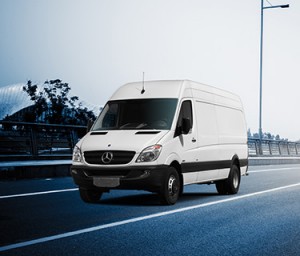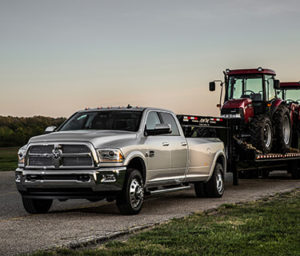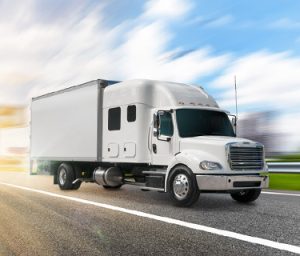Truck Roadside Assistance and Downtime Insurance can make or break an Owner Operator or Small Fleet.
Truck Roadside Assistance Helps You After a Breakdown
Truck Roadside Assistance helps you after a breakdown for:
- Mechanical or electrical breakdown
- Battery failure
- Insufficient fuel, oil, water or other fluid
- Flat tire
- Lock-out
- Entrapment in snow, mud, water or sand within 100 feet of the road or highway

Downtime Insurance helps you make your truck payments or pay other bills after an accident.
The amount paid to you is based on your business income.
Think About It...
In the same example we used for your Liability Coverage, Physical Damage and Motor Truck Cargo Coverage, here’s where Downtime with Rental protects you.
You're in the right hand lane driving on heavy traffic when a speeding car weaves in front of you and out again to pass the slow car in the left lane.
The driver of the slow car panics and pulls into your lane, causing your front left bumper to spin him out of control back into his lane with other oncoming traffic. Another car slams their brakes to avoid the spinout.
You pull sharply to the right but overturn, sliding several yards and splitting the side of your truck open spilling boxes of freight everywhere.
Your truck will be towed to a repair facility under your Liability or Physical Damage coverage, but now you’re without a truck and can’t make money without it.
If you have a special unit that cannot be rented, then the insurer will typically pay Downtime reimbursement.
Downtime with Rental allows the insurance company to find you a rental truck and continue your operations so that you won’t go out of business.
FAQ
Roadside Truck Assistance is running between $113 to $235 per year depending on type of truck.
Most contracts include the option to pay to the closest facility for free, then if you want it towed further you pick up the cost difference.
Downtime averages between $250-$2,000 per year depending on the amount of coverage selected ($40 per day up to $750 per day).
If you have a special unit that cannot be rented the insurer will typically pay downtime reimbursement.
Buy the coverage level that best fits your net per day business income.
For example, if your average net per day business income is $250 per day do not buy coverage for a higher limit.
During the claims process you will be required to provide financial accounting data and information to verify the actual per day net business income.
Both Owner Operator and Small Fleet Insurance plans should include these important supportive add-ons to round out their financial base.
Coverage can vary on different insurance policies so it’s important to read your insurance policy contract for specific coverage and policy stipulations.
This is where CIS helps you get what you deserve from the insurance company responsible for that at fault driver.
Learn More About Truck Roadside Assistance
I’ve been doing business with CIS for about eleven years. Last year we had a one-in-a-million issue with another insurance company – the carrier for a driver that hit MY truck. Without going into details, the Owner John went above and beyond the call of duty to resolve the predicament I was in.
James F. Allred Lincoln Group
Fayetteville, TN
